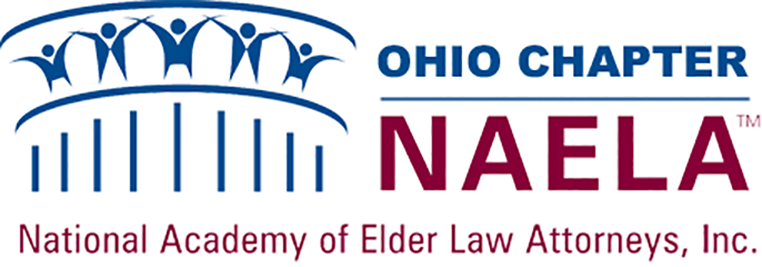Skilled Nursing News —
The top federal Medicare advisory body this week formally recommended against raising rates to skilled nursing facilities in fiscal 2022, arguing that the sector will eventually recover from COVID-era financial strains.
“While the projected level of payments indicates that payments need to be reduced to more closely align aggregate payments and costs, the lasting impacts of COVID-19 on SNFs and the effects of the new case-mix system are uncertain,” the Medicare Payment Advisory Commission (MedPAC) observed in its annual report to Congress. “Because the SNF industry is likely to undergo considerable changes as it adjusts to both, the Commission will proceed cautiously in recommending reductions to payments. A zero update would begin to align payments with costs while exerting pressure on providers to keep their cost growth low.”
MedPAC has routinely argued against Medicare payment boosts for the sector, pointing to healthy margins associated with post-acute patients covered under the program and continued investor willingness to support operations.
Though the COVID-19 pandemic has led to significantly lower occupancy — particularly among short-stay Medicare patients, who increasingly have opted for home-based services — and elevated costs, MedPAC was optimistic that the sector could survive without additional Medicare dollars.
“As devastating as the pandemic’s effects have been — on staff and residents and their families and friends, and on providers’ costs and volume — we expect the industry to eventually rebound, though its recovery may be sluggish and will vary by provider and market,” MedPAC noted.
The commission bases its recommendations on a variety of factors, from operating margins to the availability of nursing home beds to providers’ access to capital. MedPAC acknowledged that the effects of the pandemic on those metrics won’t be seen fully until next year, but the group did project only a slight Medicare margin decline from 11.3% in 2019 to about 10% in 2021.
MedPAC also called for a solution to the Medicare “subsidization” problem, in which operators use the healthy margins on post-acute patients to cover losses incurred on long-stay Medicaid patients. When factoring in Medicaid, Medicare Advantage, and all other income streams, the aggregate total margin for operators stood at 0.6% in 2019; take Medicare fee-for-service out, and that number falls to -2%.
But MedPAC argued that such reform should be left to the states to solve through their individual Medicaid programs.
“Raising Medicare’s payments would exert additional fiscal pressure on the already fiscally strapped program,” the commission concluded. “If the Congress wishes to financially support certain nursing facilities (such as those with high Medicaid shares) efficiently, it could do so through a separate, targeted policy.”
The commission also pointed to increased revenue seen under the Patient-Driven Payment Model (PDPM), as well as investor confidence in nursing facilities despite the pandemic, as justification for not boosting Medicare rates.
Continue reading at SkilledNursingNews.com

